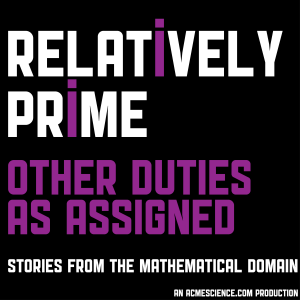I’ve been looking forward to this one: cities in the mathematical domain. This is the kind of applied maths I can really get behind.
Samuel starts with Mike Batty of University College, London’s Centre for Advanced Spatial Analysis discussing how cities grow and organise themselves. The structure is frequently fractal; how does one calculate the dimension of a city?
From a top-level view of cities, he moves on to a low-level description of one of the biggest problem in cities: traffic (another thing that fascinates me). We get a glimpse of traffic waves, and the unfairness that the person responsible for the average jam doesn’t suffer from the effects. And we learn that Gábor Orosz (University of Michigan) tests his hypotheses using robots as well as simulations.




